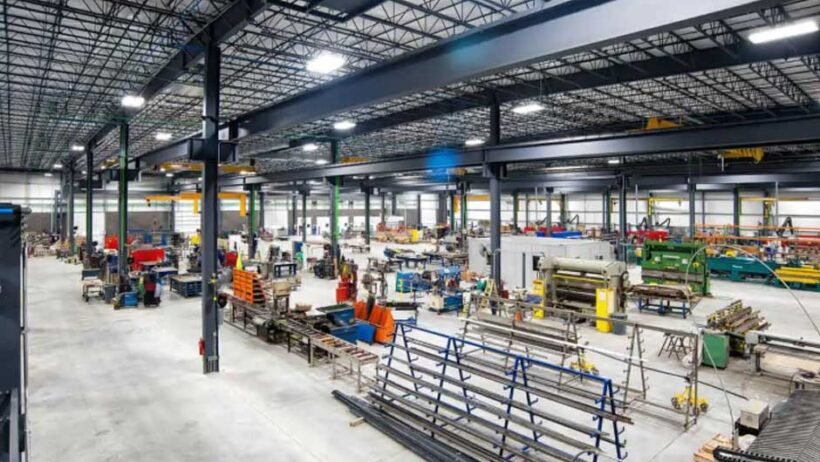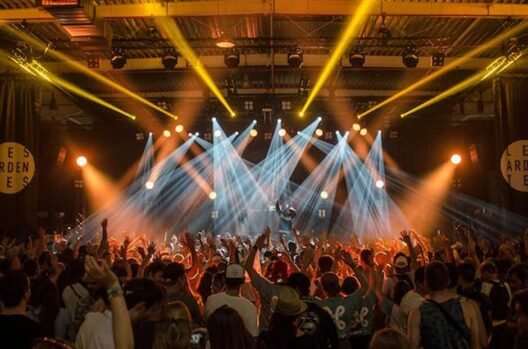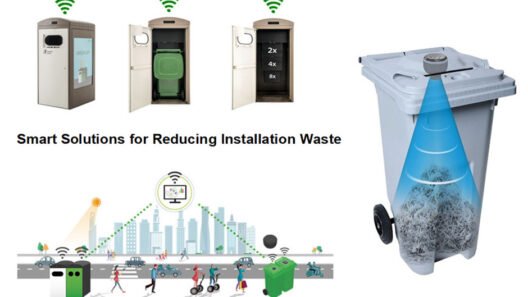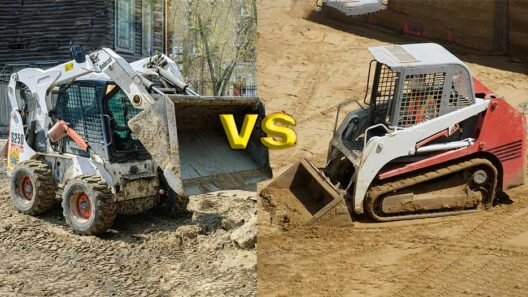Running an industrial workspace, like a warehouse, factory, or workshop, involves managing significant operational costs. From high energy bills to frequent maintenance, these expenses can quickly add up, impacting your bottom line. Fortunately, strategic upgrades can lead to substantial long-term savings without requiring a complete overhaul of your facility.
Investing in the right improvements can enhance energy efficiency, reduce maintenance needs, and create a safer, more productive environment for your team. This post will walk you through seven practical and cost-effective upgrades that offer a strong return on investment, helping you build a more sustainable and profitable operation.
1. Switch to LED Lighting
One of the quickest and most effective ways to cut costs is by upgrading your lighting system. Traditional lighting, like metal halide or high-pressure sodium lamps, consumes a large amount of energy and has a relatively short lifespan.
Switching to LED (Light-Emitting Diode) technology can reduce your lighting-related energy consumption by up to 75%. LEDs also last significantly longer—often up to 100,000 hours—which drastically cuts down on replacement and maintenance costs. Beyond the savings, LED lights provide brighter, more consistent illumination, which improves visibility and safety for employees, reducing the risk of accidents.
2. Install High-Volume, Low-Speed (HVLS) Fans
Heating and cooling large industrial spaces is a major expense. High ceilings can cause air to stratify, with hot air rising and cool air settling near the floor. This makes it difficult for standard HVAC systems to maintain a consistent temperature, causing them to work harder and consume more energy.
High-Volume, Low-Speed (HVLS) fans are designed to solve this problem. These large-diameter fans move a massive volume of air at a low speed, effectively mixing the air to create a more uniform temperature throughout the space. During the summer, the gentle breeze can make the area feel up to 10°F cooler, allowing you to raise your thermostat setting. In winter, they push warm air down from the ceiling, reducing heating costs by as much as 30%.
3. Apply a Durable Floor Coating
The floor of an industrial workspace endures constant abuse from heavy machinery, foot traffic, chemical spills, and impacts. Unprotected concrete can easily crack, stain, and create dust, leading to expensive repairs and potential safety hazards.
Applying a protective coating is a smart, preventative investment. Epoxy and polyaspartic floor coatings create a seamless, durable, and non-porous surface that resists damage from abrasions, chemicals, and moisture. This minimizes the need for costly concrete repairs and makes cleaning faster and easier. A high-quality garage floor coating in Salt Lake City, for example, can transform a dusty, unsafe workshop into a clean, professional, and low-maintenance environment. The reflective surface of these coatings can also enhance the brightness of the space, reducing the need for extra lighting.
4. Upgrade to Smart Thermostats
Why pay to heat or cool your facility when no one is there? A smart or programmable thermostat gives you precise control over your HVAC system, allowing you to schedule temperature adjustments based on work hours, shifts, and seasonal changes.
By automatically lowering the temperature during off-hours or weekends, you can significantly reduce your energy bills without impacting employee comfort. Modern smart thermostats can even be controlled remotely via a smartphone app, giving you the flexibility to make adjustments from anywhere. Some advanced systems also learn your facility’s usage patterns and optimize heating and cooling schedules automatically.
5. Improve Insulation
Proper insulation is crucial for maintaining energy efficiency in any building, but it’s especially important in large industrial facilities. Poor insulation in walls, ceilings, and around loading docks allows conditioned air to escape and outside temperatures to seep in, forcing your HVAC system to work overtime.
Conducting an energy audit can help identify areas where insulation is lacking. Adding or upgrading insulation in the roof and walls is a highly effective way to stabilize indoor temperatures and lower energy bills year-round. Don’t forget about sealing gaps around windows, doors, and loading bays with weatherstripping and caulking to prevent drafts.
6. Invest in Water-Saving Fixtures
Water usage can be another hidden cost in industrial facilities, particularly those with restrooms and cleaning stations. Installing low-flow toilets, faucets, and showerheads can dramatically reduce your water consumption without compromising performance. These fixtures are inexpensive and easy to install, offering a quick return on investment through lower water and sewer bills.
7. Adopt a Preventive Maintenance Program
While not a physical upgrade, implementing a structured preventive maintenance program is one of the most effective cost-saving strategies. Instead of waiting for equipment to break down—which often leads to expensive emergency repairs and operational downtime—a preventive approach involves regular inspections, cleaning, and servicing of machinery and building systems.
This proactive strategy extends the lifespan of your assets, prevents catastrophic failures, and ensures everything runs at peak efficiency. Regular maintenance on your HVAC system, for example, can improve its performance and lower energy use, while routine machinery checks can prevent costly production halts.
Build a More Efficient Future
Enhancing the efficiency of your industrial workspace doesn’t have to involve a massive capital outlay. By focusing on strategic, cost-saving upgrades, you can significantly reduce your operational expenses while improving safety and productivity. From simple changes like installing LED lights to more structural improvements like applying durable floor coatings, each step contributes to a more profitable and sustainable business. Start by assessing your facility’s biggest pain points and prioritize the upgrades that will deliver the most significant impact.








